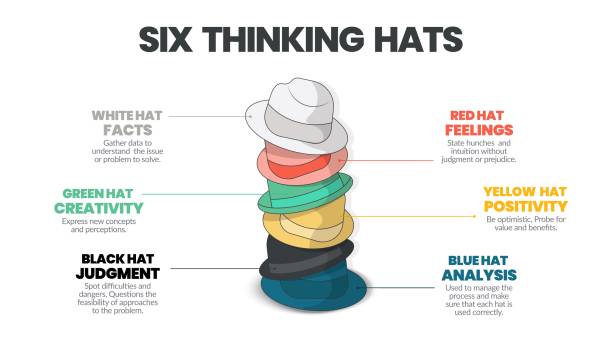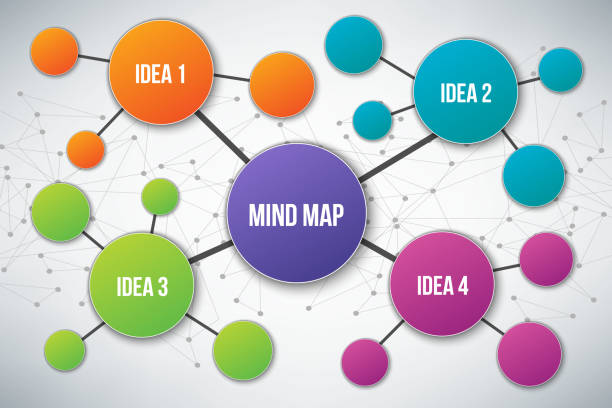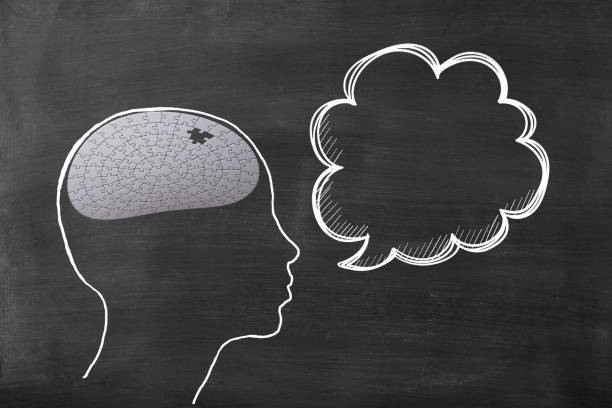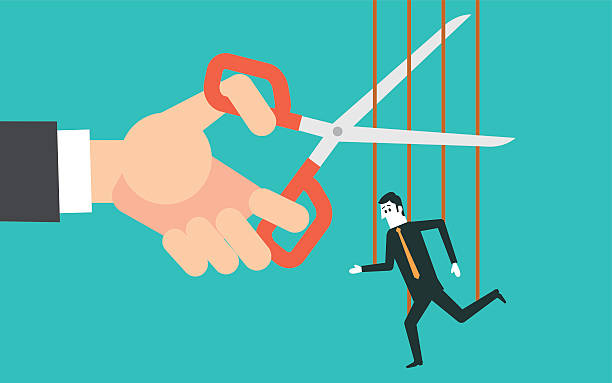Creative Problem-Solving Techniques.
I've always considered myself a creative problem solver. I love nothing more than a good challenge. But sometimes, a problem can feel too big to handle. From figuring out how to sneak snacks into a movie theater to solving complex design problems at work, I've always found satisfaction in finding unique solutions to tricky problems. Over time, I've learned a lot about different creative problem-solving techniques that have helped me become even more effective in my approach.
One of the most important things to remember when trying to solve a problem is to approach it with an open mind. This means setting aside preconceived notions and assumptions and being willing to explore new ideas and possibilities. By doing so, you can often find solutions that you might not have considered otherwise.
So, what are these techniques? How do they work? And, most importantly, how can they help you become a better problem solver? Let's dive in and find out.
Reframing the Problem
First up is the technique of reframing the problem. When faced with a difficult issue, it's easy to get stuck in a rut of thinking about it in the same way that we always have. By taking a step back and trying to look at the problem from a different angle, we can often find new and innovative solutions. So, ask yourself: how else can I look at this problem? What new insights might I gain by approaching it from a different perspective?
The Six Thinking Hats
Have you ever heard of "thinking outside the box?" Well, one of the most popular problem-solving techniques is called "The Six Thinking Hats," which encourages individuals to think creatively and from multiple perspectives. This technique involves "wearing" different hats, each representing a different way of thinking. For example, the white hat represents logical thinking, the red hat represents feelings/emotions, and the green hat represents creativity. By putting on and taking off these hats, individuals can look at a problem from various angles and come up with innovative solutions. The What-if technique
The What-if technique
Next, there's the "what-if" technique. This technique is all about brainstorming and imagining different scenarios. By asking "what if" questions, we can explore a wide range of potential solutions and come up with creative ways to solve the problem. What if we tried this approach? What if we went in a completely different direction? What if we asked for help from a different department?
The 5 Whys Technique
Another strategy that has proven to be successful is the "5 Whys" technique. This technique involves asking "why" five times to uncover the root cause of a problem. By asking "why" repeatedly, you can dig deeper into the underlying issues and come up with a more effective solution.
The Reverse Brainstorming Technique
Another technique that has worked well for me is the "reverse brainstorming" method. Instead of asking how to solve a problem, I ask how I can create the problem instead. By considering what factors might cause the issue, we can often identify potential solutions to prevent it from happening in the first place.
The SCAMPER Technique
As a creative person, I also enjoy using the "SCAMPER" technique. SCAMPER stands for Substitute, Combine, Adapt, Modify, Put to another use, Eliminate, and Reverse. This technique encourages you to look at a problem from a variety of angles and come up with new ideas by making changes to existing solutions.![]()
Mind Mapping
One technique that I use when I'm stuck is called "mind mapping." This method involves creating a visual map of all the different factors that contribute to the problem. By creating a visual representation of the issue, we can better understand how different elements are interconnected and identify potential solutions.
Brainwriting
When it comes to group problem-solving, one of the most effective techniques is called "brainwriting." This technique is similar to brainstorming, but it involves writing down ideas instead of speaking them aloud. Doing so, it allows every member of the group to have equal input, even if they're not the most vocal members of the team. And it helps prevent the problem of people talking over each other.
The Design Thinking Technique
One technique that has become increasingly popular in recent years is the "design thinking" approach. This method involves a human-centered approach to problem-solving, where we try to understand the needs and desires of the people affected by the issue. By putting ourselves in their shoes, we can come up with solutions that are more effective and meaningful.
The Idea Box Technique
Have you ever found that you're stuck because you're trying to come up with a perfect solution? The "idea box" technique can help you get out of this rut. This technique involves writing down as many ideas as possible, even if they're not great ideas. By generating a large number of ideas, you're more likely to come up with a unique solution. And even bad ideas might lead to something useful.
Change The Constraints
A technique that has helped me come up with creative solutions is to "change the constraints." Often, the constraints that we put on a problem limit our thinking. But if we change the parameters of the problem, we might find new and creative solutions. For example, if you're trying to find a way to save money, instead of cutting expenses, you might think of ways to increase revenue.
The Prototyping Technique
Finally, there's the "prototyping" technique. This approach involves creating a tangible representation of a potential solution. By building a prototype, we can test out our ideas and see how they might work in the real world. This approach is particularly useful for product design and development but can also be helpful in other areas of problem-solving.
When facing a complex problem, it's essential to approach it with a positive mindset. One way to do this is through visualization. By visualizing the ideal outcome, you can create a mental picture of what you want to achieve and work backward from there to come up with a plan to make it happen.
In conclusion, there are many creative problem-solving techniques out there, and different ones work better for different people and problems. By exploring a range of techniques and experimenting with what works best for you, you can become a more effective problem solver and find unique solutions to even the most complex issues. So, go forth and start thinking outside the box!








































